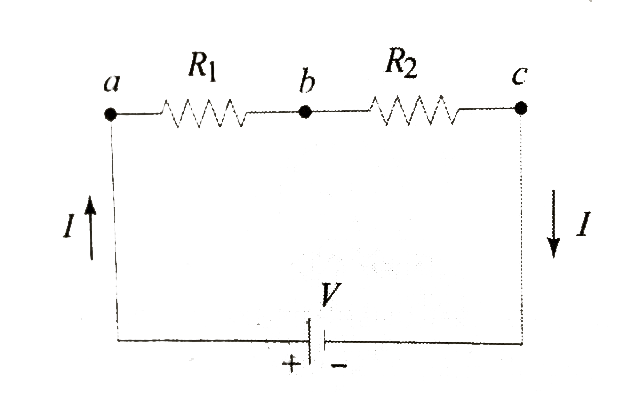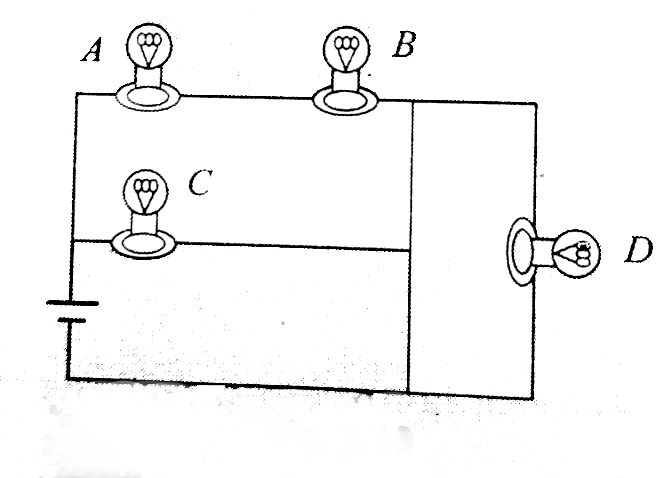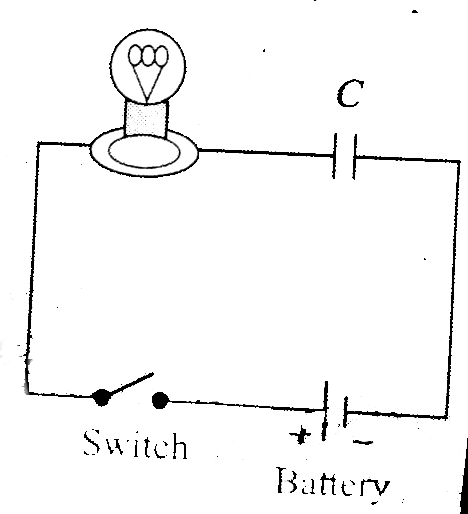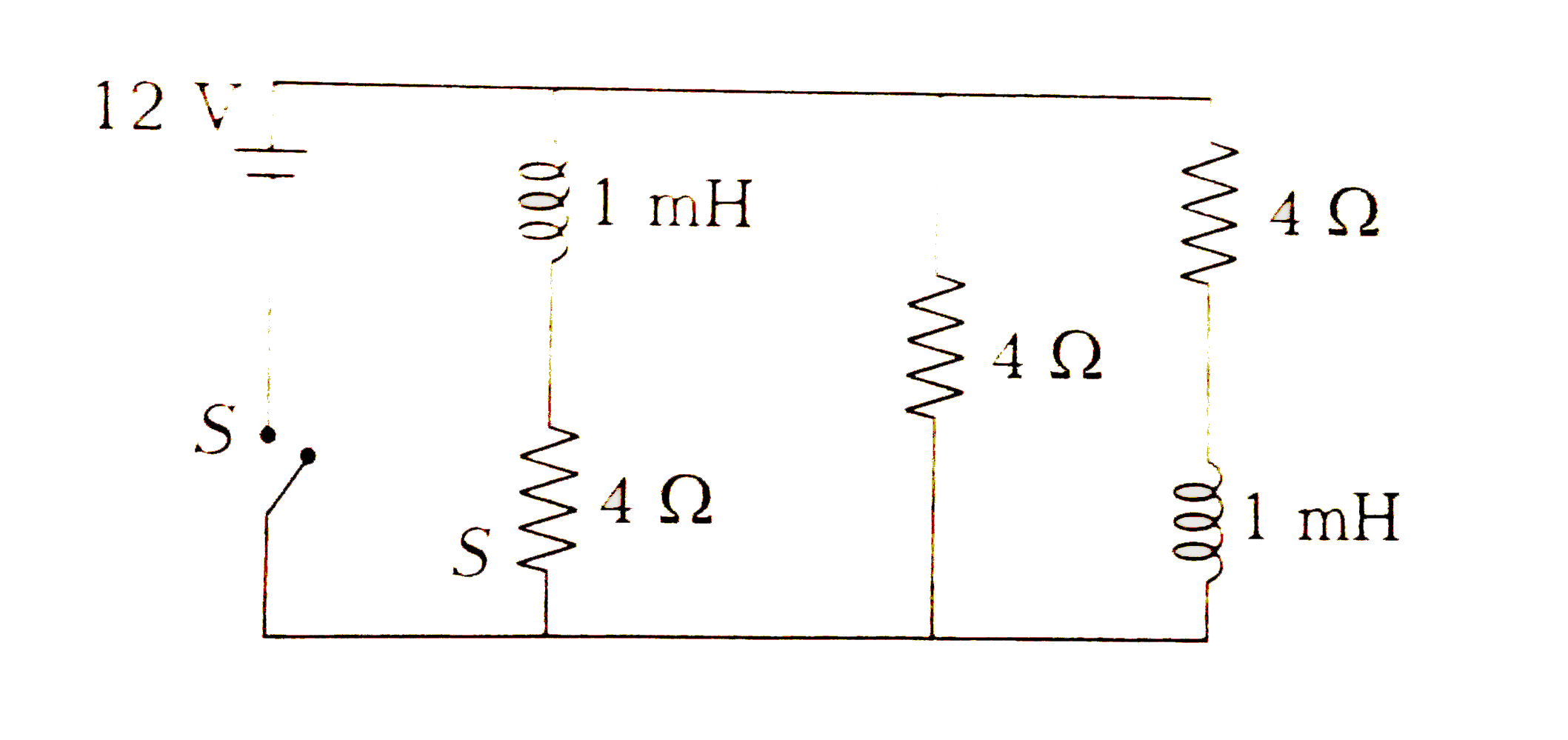When is more power delivered to a light bulb, just after it is turned on and the glow of the filament is increasing or after it has been ON for a few seconds and the glow is steady?
To determine when more power is delivered to a light bulb, we need to analyze the relationship between current, resistance, and power in the context of the light bulb's operation.
1. Understanding Power in Electrical Circuits:
The power (P) delivered to an electrical device can be calculated using the formula:
P=I2R
where I is the current flowing through the device and R is the resistance.
2. Initial Condition (Cold Filament):
When the light bulb is first turned on, the filament is cold. At this point, the resistance R of the filament is relatively low because the resistance of metals generally increases with temperature.
3. Current Flow:
Since the resistance is low when the filament is cold, the current I flowing through the filament will be high. According to the power formula, if the current is high, the power delivered will also be high.
4. Steady State Condition (Hot Filament):
After a few seconds, the filament heats up, and its resistance R increases. As the resistance increases, the current I flowing through the filament decreases.
5. Power Calculation in Steady State:
In this steady state, although the resistance is higher, the current is lower. The power delivered can still be calculated using the same formula P=I2R. However, since I has decreased, the overall power delivered will be less than when the filament was cold.
6. Conclusion:
Therefore, more power is delivered to the light bulb just after it is turned on, when the glow of the filament is increasing, as compared to after it has been on for a few seconds when the glow is steady.
Final Answer:
More power is delivered to the light bulb just after it is turned on and the glow of the filament is increasing.
---
The power (P) delivered to an electrical device can be calculated using the formula:
P=I2R
where I is the current flowing through the device and R is the resistance.
When the light bulb is first turned on, the filament is cold. At this point, the resistance R of the filament is relatively low because the resistance of metals generally increases with temperature.
Since the resistance is low when the filament is cold, the current I flowing through the filament will be high. According to the power formula, if the current is high, the power delivered will also be high.
After a few seconds, the filament heats up, and its resistance R increases. As the resistance increases, the current I flowing through the filament decreases.
In this steady state, although the resistance is higher, the current is lower. The power delivered can still be calculated using the same formula P=I2R. However, since I has decreased, the overall power delivered will be less than when the filament was cold.
Therefore, more power is delivered to the light bulb just after it is turned on, when the glow of the filament is increasing, as compared to after it has been on for a few seconds when the glow is steady.
More power is delivered to the light bulb just after it is turned on and the glow of the filament is increasing.
Similar Questions
(a) what is the rate at which energy being delivered to a light bulb higher : just after it is turned on , the glow of the filament is increasing , or after it has been on for a few seconds and the glow is steady ?
(b) IF a piece of wire is used to connect points bandc in Fig. 7.9, does the brightness of bulb R1 increase , decrease or stay constant ? What happens to the brightness of bulb R2 ? (I1=I2=I)
(c) Compare the brightness of four identical light bulbs in Fig.7.10. What happens if the bulb A fails so that it cannot conduct ? What if C fails ? What if D fails?
(d) If electric power is transmitted over long distances, the resistance of the wires becomes significant. Why ? Which mode of transmission would result in less energy losss: high current and low voltage or low current and high voltage ? Discuss.
(e) In Fig.7.11, describe wha happens to the light bulb after the switch is closed . Assume the capacitor has a large capacitance and is initially uncharged.
(f) Astuident claims that a second light bulb in series is less bright than the first , because the first bulb uses up some of the current . How would you respond to this statement ?
(g) If you were to design an electeric heater using nichrome wire as the heating element , what parameters of the wire would you vary to meet a specific power output , sch as 1000W?


 View Solution
View SolutionAnswer the following questions :
Why are light bulbs so hot after they have been on for a whileView Solution
Knowledge Check
- Question 1 - Select One
Statement-I: The power delivered to a light bulb is more just after it is switched ON and the glow of the filament is increasing as compared to when the bulb is glowing steadily, i.e. after sometime of switching ON. Statement-II: As temperature decreases, resistance of conductor increases
AIf both Statement- I and Statement- II are true, and Statement - II is the correct explanation of Statement– I.BIf both Statement - I and Statement-II are true but Statement - II is not the correct explanation of Statement – I.CIf Statement-I is true but Statement-II is falseDIf Statement-I is false but Statement-II is true. - Question 2 - Select One
Assertion: The rating of a bulb is done on the basis of steady state of its filament. When a bulb is connected to a rated power supply then the filament consumes more power than the rated power of the bulb immediately after it is switched on.
Reason: When current flows through the bulb then due to heating of its filament its resistance first increases and then becomes contant when steady state temperature is attained.AIf both assertion and reason are correct and reason is a correct explanation of the assertionBIf both assertion and reason are correct but reason is not the correct explanation of the assertionCIf assertion is correct but reason is incorrectDIf assertion is incorrect but reason is correct - Question 3 - Select One
Statement-1: Knowing that rating is done at steady state of the filament, an electric bulb connected to a source having rated voltage consumes more than rated power just after it is switched on.
Statement-2: When filament is at room temperature its resistance is less than its resistance is less than its resistance when the bulb is fully illuminatedAStatement-1 is true, statement-2 is true and statement-2 is correct explanation for statement-1.BStatement-1 is true, statement-2 is true and statement-2 is NOT the correct explanation for statement-1.CStatement-1 is true, statement-2 is false.DStatement -1 is false, statement -2 is true.
The steady - state current through L1 after the switch has been closed for a very long time is
 View Solution
View SolutionFind the current through the battery
(i) just after the switch is closed.
(ii) long after the switch has been closed.
 View Solution
View SolutionA wire connected to a bulb does not glow, whereas the filament of the bulb gilows when same current flows through them. Why?
View SolutionAn electric grinding wheel rotates for sometime after the power is turned off, but an electric drilling machine stops after few seconds of turning of fthe power.Why?
View SolutionAn electric grinding wheel rotates for sometime after the power is turned off, but an electric drilling machine stops after few seconds of turning of fthe power.Why?
View Solution

